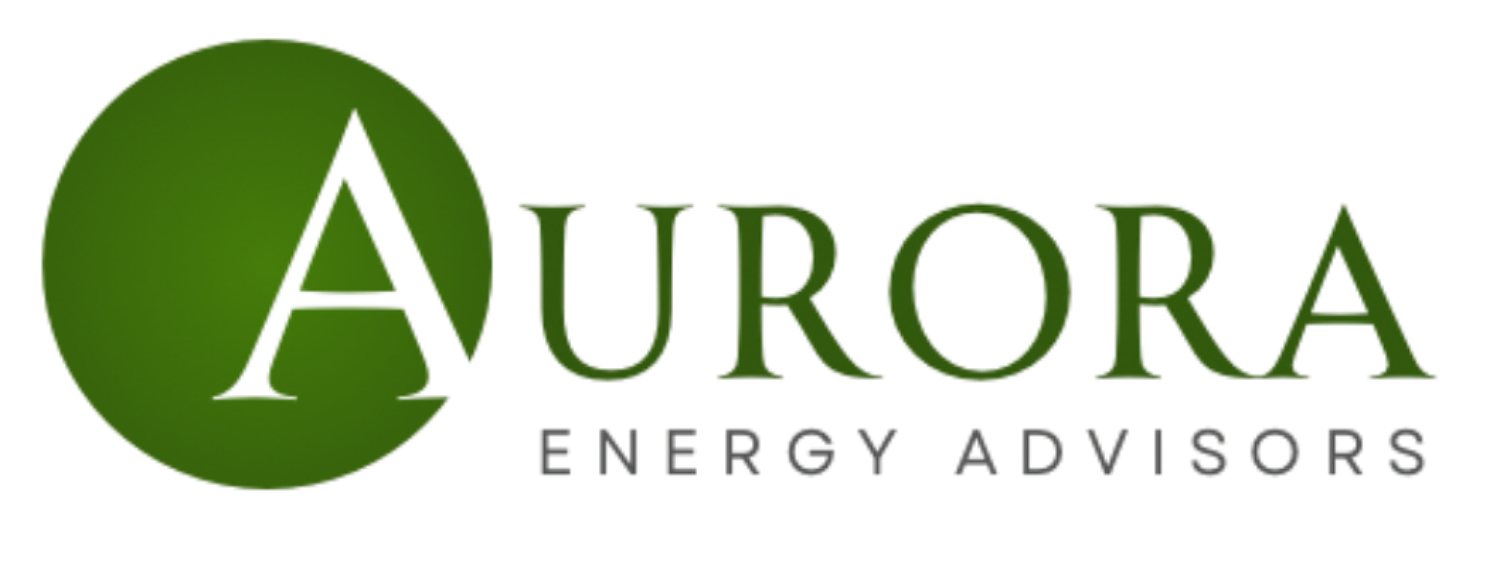LL97 Budgeting
As an energy advisor, we talk a lot about weather-driven seasonality. Well, right now we are in the midst of a different kind of season… budgeting. Building owners and managers everywhere are working hard to meticulously analyze each line item in their 2025 budgets and ultimately decide on the highest and best use of their hard-earned dollars. LL97 is upon us and here to stay, and a crucial element of your decarbonization plan is allocation of funds toward compliance and energy efficiency projects. Let’s review the primary financial considerations surrounding LL97.
As a reminder, Article 320 buildings are:
(i) fully market-rate,
(ii) have at least one but no more than 35 percent rent-regulated units, or
(iii) certain types of affordable housing not subject to Article 321.
Article 321 buildings (i) have greater than 35 percent rent-regulated units, or (ii) are subject to certain rent regulation or subsidized housing programs.
First and foremost, all Article 320 buildings must submit an annual certification detailing their carbon allowance and carbon emissions. For most Article 320 buildings, the first submission is in 2025 using 2024 energy data. Article 321 buildings will only submit a one-time filing, but this is also due next year.
Final requirements for certification have not yet been released by the DOB, meaning the industry cannot yet price the cost. Patience will be valuable as the market plays out, and we strongly recommend waiting to sign up with anyone for this process to ensure you are paying the right price. As the LL84 benchmarking firm for nearly 10 percent of all covered buildings, Aurora Energy Advisors is uniquely positioned to serve as an LL97 certification provider as well. We will be working with licensed RDPs to offer an LL97 certification package later this year. Through those relationships and our considerable scale, we expect to set the market at competitive rates for this service.
Next, and potentially most costly, Article 320 buildings will pay fines if their emissions exceed their allowance. Only 10 to 20 percent are expected to pay fines next year, but it is crucial to understand if your building falls in this bucket, as penalties can be quite punitive.
You will also want to consider engineering studies and building upgrades that will either increase your carbon allowance or decrease your emissions — both of which reduce LL97 exposure. For more than a year, we have been advising Article 320 owners and managers to get their buildings professionally measured in accordance with the letter of the LL97 law, also called Gross Floor Area or “GFA.”
2024 is nearly over, so this is easily the most impactful and highest ROI investment you can make to reduce your fine potential in 2024 (to be paid in 2025) and all future years in perpetuity. LL97 and the DOB define square footage differently, and in almost every case, the GFA is larger than the DOB’s size. This means higher carbon allowance and lower fines.
For Article 321 buildings, there are 13 energy conservation measures required to be completed by year-end 2024. However, an overwhelming number of buildings likely will not be able to meet this deadline. The DOB will allow for a mediated resolution on a case-by-case basis if certain conditions are met, which will extend the due date. Include the cost in your budget for these measures if you believe you fall in this bucket.
Whether or not your building is facing the threat of LL97 penalties in the near-term, it is never too early to start financial planning for the inevitability of major building system overhauls. These types of projects are typically quite expensive, especially if rebate programs are not available at the time.
If your heating system operates on oil, consider a conversion to natural gas. Perhaps you can complete electric system upgrades to get the building ready for future electrification like a transition to heat pumps. Or simply budget a surplus in 2025 to ensure cash availability in later years.
Know your LL97 outlook. Develop a decarbonization plan. Spare your budget from the harsh penalties of the law so you can spend those funds in better ways. Aurora is here to guide you through it all.
Market Analysis
Electricity
Now in the shoulder season, the commodity remained tempered as cooling demand quickly subsided. Very strong natural gas storage levels also continue to moderate price, as has been the story for most of this year. NYISO Zone J settled in the $0.02–$0.04 per kWh range the entire month of September. The commodity is expected to remain at seasonally low levels until the onset of winter, when demand will once again increase and lift prices.
Natural Gas
After the NYMEX settled at its lowest September price in over 25 years at $1.93 per MMBtu (September settles in late August, and so on), the usual weather- and storage-related drivers kept the commodity low throughout most of the month. However, during the last week of September, Hurricane Helene came roaring toward the Gulf Coast, impacting natural gas production. This caused the NYMEX to rise close to $3, though it may stabilize back down after the storm passes.
Crude Oil
Just as the threat of Libyan crude oil production cuts peaked the market wave at the end of August, it crashed oil futures back down in early September when Libya reversed its position. Then, OPEC revised down its demand forecast for the next year, sending crude oil to $66 per barrel — marking a 3-year low. It remained in the $70 range for the remainder of September.
💡 Mitchell’s Tip: Develop an LL97 carbon roadmap.
